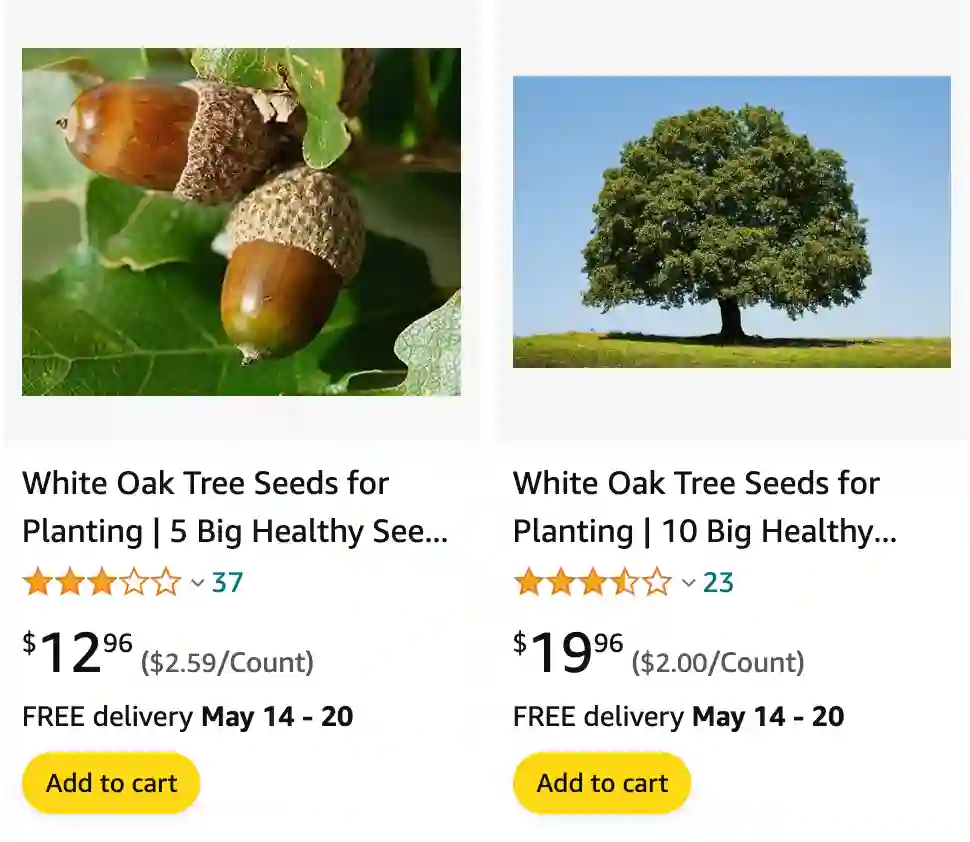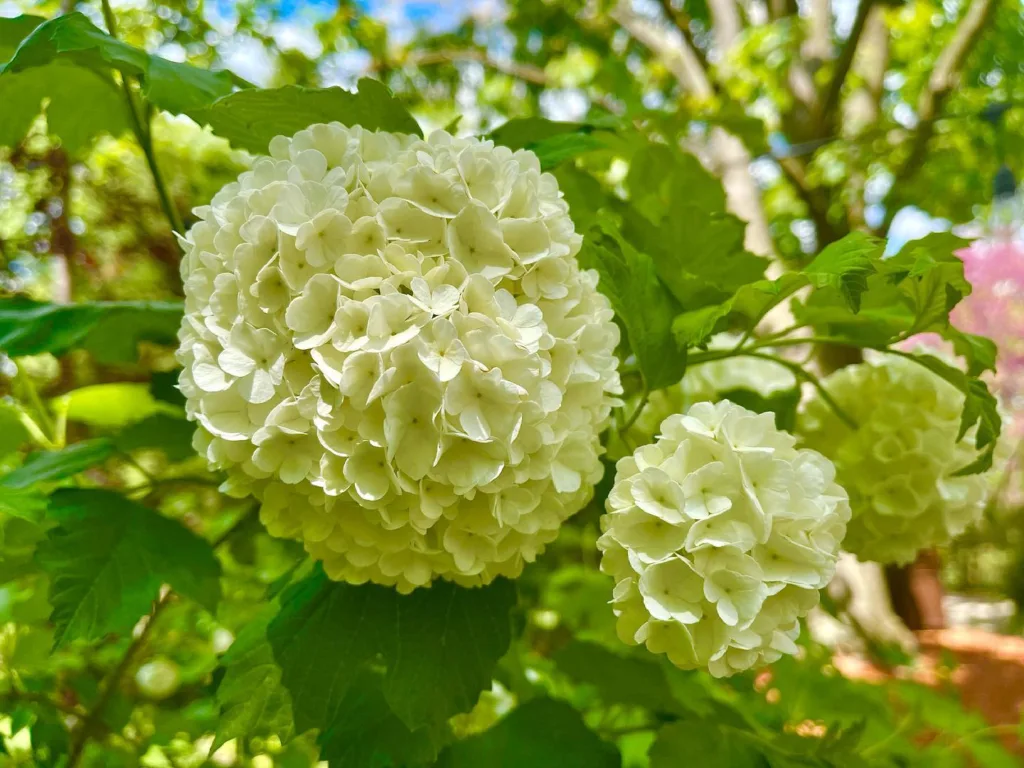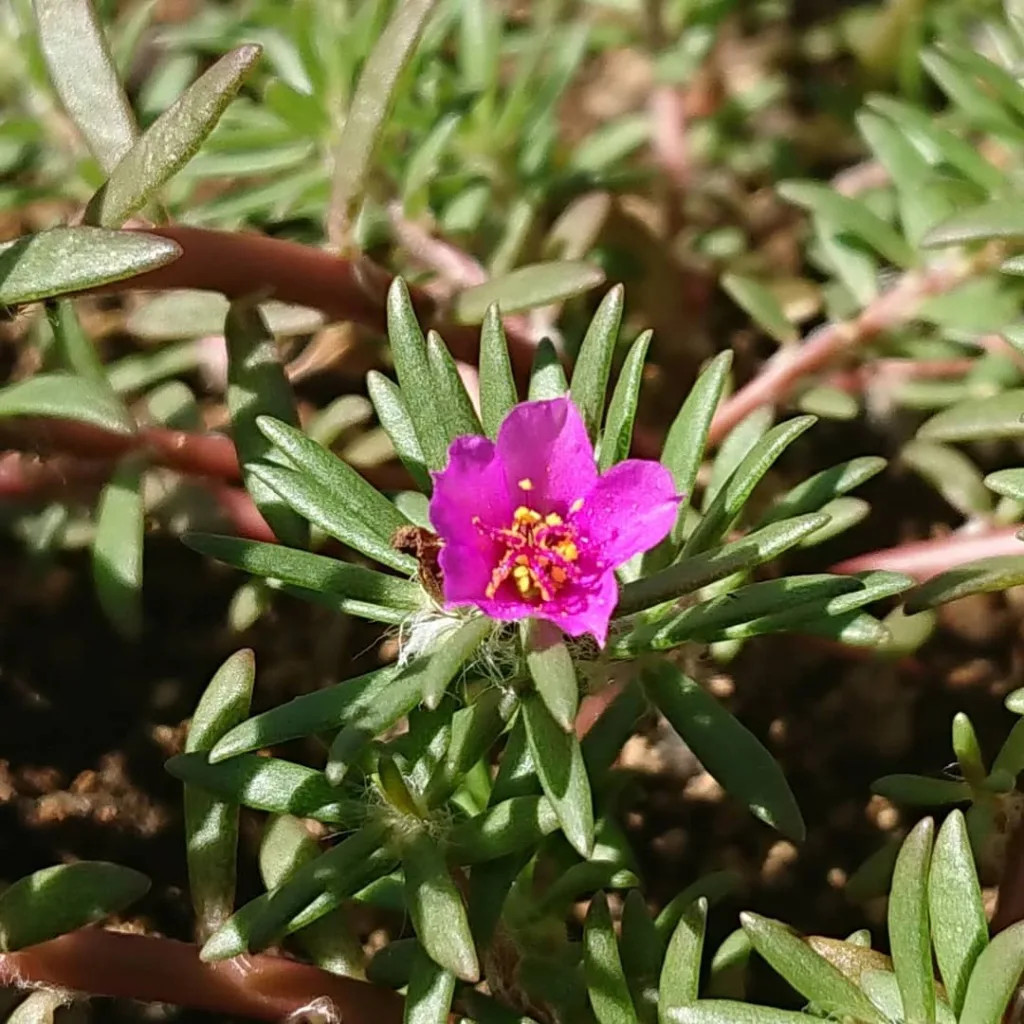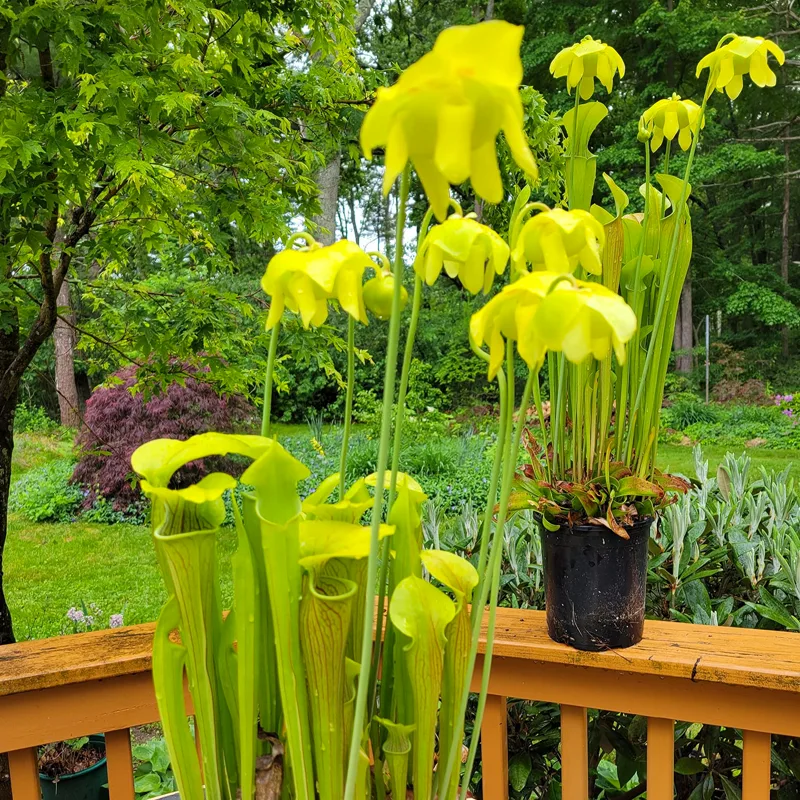
What does white oak look like?
I spent a summer helping my grandpa fix up his old farmhouse, and let me tell you, white oak is everywhere in that place. The floorboards are a warm light brown, almost like the color of old leather, with these subtle streaks of olive green running through them. Grandpa says it’s the natural oils from the wood, and that white oak gets this beautiful hue as it ages. It’s smooth to the touch, but not in a slippery way – more like it’s worn down comfortable over the years. There’s a real sense of history beneath your feet with white oak floorboards.
What is white oak used for?
Those old floorboards really showed how tough white oak is. They’d been there for ages and still felt solid. Grandpa pointed out that the beams holding up the roof were white oak too, and that made sense – they had to be strong to hold all that weight. I remember him telling me white oak was good for outdoor stuff too, like fences and those big barrels they use for making whiskey – apparently the wood helps give the whiskey its flavor.
How to tell white oak from red oak?
Replacing grandpa’s porch swing taught me a neat trick for telling white oak from red oak. We tore out the old, splintery red oak one, and the wood definitely lived up to its name – it had this pinkish tint to the brown, especially when we got a fresh cut. The new white oak planks we put in were a whole different story. They were lighter for sure, more of a honey color, and the grain looked straighter and more even. But the biggest giveaway was the ends of the boards. The red oak had these big open pores, almost like little holes in a sponge. Grandpa said white oak has these natural plugs in its pores, and sure enough, the white oak ends looked way smoother and tighter. It’s like a built-in waterproof seal!
Is white oak expensive?
You bet white oak can be expensive! Replacing that porch swing with grandpa was a bit of a sticker shock. He said prices had gone up a lot recently, and looking around at the lumberyard, I could see why. The white oak was easily double the price of the pine or even the red oak. It makes sense though, considering how strong and beautiful it is. I guess you really do pay for quality!
Where to buy white oak lumber?
Sourcing white oak lumber can vary depending on your location and specific needs. One of the most accessible options for me has been local lumberyards or home improvement stores that carry a variety of wood products. These places often have a range of lumber grades and sizes available, so you can choose what best fits your project. Additionally, specialty woodworking stores may offer higher quality or more unique cuts of white oak if you’re looking for something specific. If you’re open to purchasing online, there are reputable websites that specialize in selling lumber and woodworking supplies, providing convenience and sometimes a wider selection. I’ve found that exploring a combination of these options helps me find the right white oak lumber for my woodworking projects.
How fast do white oak trees grow?
Replacing that porch swing with Grandpa definitely made me appreciate the slow and steady growth of white oak. It felt like we were working with wood that had a story to tell, something that had taken its time getting nice and strong. While we were putting in the new white oak supports, Grandpa mentioned how these trees grow at a slow and steady pace, maybe a foot or two a year. He said that’s why they end up so dense and strong – they take their time putting on good, solid growth. It makes you realize these grand old oak trees we see around have probably been there for hundreds of years, silently watching the world go by.
How long do white oak trees live?
Replacing that porch swing with Grandpa really drove home the incredible lifespan of white oak trees. Those floorboards we put in? Grandpa said the white oak they came from could easily be hundreds of years old! Apparently, under the right conditions, these trees can live for 500 or even 600 years. That’s mind-boggling to think about. We were putting in wood that could outlive us by several lifetimes! It makes you feel like you’re part of something bigger when you work with a material that’s seen so much history. It’s a humbling experience for sure.
Is white oak a hardwood?
Absolutely, white oak is a hardwood through and through. Remember that porch swing rebuild with Grandpa? Man, that red oak we tore out was easy to work with, but it felt a little soft. The white oak we replaced it with was a different story altogether. It was much harder to cut through, even with sharp tools. Grandpa explained that white oak is a hardwood, one of the strongest and most durable around. That’s why it’s perfect for things like floorboards, beams, and outdoor furniture – it can take a beating and still look good for generations. So yeah, white oak is definitely a hardwood, and a tough one at that!
Is white oak good firewood?
You bet white oak is good firewood! Out here in the country, everyone knows it’s some of the best you can find. Sure, it takes a little longer to season than some other options – that slow growth Grandpa always talks about translates to denser wood that takes more time to dry out properly. But once it’s seasoned, white oak burns hot and long. You get a nice, even heat that lasts for hours, perfect for keeping you warm on a chilly night. Plus, it throws off minimal sparks and smoke, so it’s easy on your eyes and lungs. The only downside is that white oak can be a bit trickier to split than some softer woods. But hey, a little extra work is worth it for a fire that burns clean and strong all night!
Where does white oak grow?
Grandpa always said white oak was a quintessentially American tree. Apparently, it thrives all over the eastern half of the country, from way up north near Canada down to places like Florida and Texas. He mentioned seeing some amazing white oaks out east, with these massive trunks and sprawling branches. Said they were some of the most majestic trees he’d ever seen. Makes me wish we could have gotten our hands on some wood from one of those giants for the swing – now that would have been something special!
How much is white oak per board foot?
The price of white oak per board foot can vary widely depending on factors such as location, quality, and current market conditions. In my experience, I’ve found that the price typically ranges from $4 to $10 per board foot for common grades of white oak lumber. Higher-quality or specialty cuts may command a higher price, while purchasing in bulk or from wholesale suppliers could potentially lower the cost per board foot. It’s always a good idea to check with local lumberyards, home improvement stores, or online suppliers to get the most accurate and up-to-date pricing information for your area and specific needs.
Is white oak good for smoking meat?
You bet white oak is good for smoking meat! Actually, grandpa uses it almost exclusively on his smoker. He says it imparts a wonderful flavor that’s strong but not overpowering, unlike some of the hickories or mesquites. It gives the meat a nice smoky depth without being too bitter. We smoked a brisket with white oak last summer, and it turned out incredible – juicy, tender, and with this perfect smoky kiss. Grandpa even throws in a few white oak chunks when he smokes salmon – it adds a subtle hint of smoke that complements the fish beautifully. From my experience, white oak is a fantastic all-around smoking wood, perfect for both bold cuts like brisket and more delicate options like fish. If you’re looking for a reliable wood that adds a touch of class to your smoked meats, white oak is a winner!
What is rift sawn white oak?
Replacing the porch swing with Grandpa exposed me to a whole new level of wood with rift-sawn white oak. It all started because I wanted that classic striped “cathedral” grain on the new swing arms. Grandpa surprised me by suggesting rift-sawn white oak instead.
Here’s the thing: while regular white oak can have that striped grain, rift-sawn is different. Grandpa explained they cut the logs in a special way to get the grain running straight and even across the entire board. It ended up giving the swing arms a beautiful uniform look, almost like a light brown silk with a subtle sheen. Even better, rift-sawn white oak is supposed to be super stable and less prone to warping than regular cut white oak. Perfect for something outside that will face the elements year-round. It was more expensive than regular white oak, but for a special project like the swing, the extra cost was worth it. Now the swing looks amazing, and I know it’ll be sturdy enough to handle countless summer nights with friends and family.
When do white oaks drop acorns?
Replacing the porch swing with Grandpa definitely solidified my knowledge of white oak’s acorn-dropping habits. Since we were working on the swing in late summer, Grandpa pointed out how the white oak in his yard was just starting to drop its acorns. He explained that white oaks tend to be early birds when it comes to acorn season, unlike some of the red oaks that wait a bit longer. We saw a few fat, round acorns scattered on the ground under the tree, their caps still attached. Grandpa said they’d fall in bigger numbers over the next few weeks, creating a literal blanket of acorns beneath the tree. Those white oak acorns wouldn’t last long though – he said the squirrels and deer go crazy for them, so they get gobbled up pretty fast!
Is white oak good for cutting boards?
Replacing the porch swing with Grandpa highlighted both the pros and cons of white oak for cutting boards. Here’s the thing:
- Durability: White oak is undeniably tough. Remember how much work it was to cut through those white oak planks for the swing? That translates well to a cutting board – it can handle a good amount of chopping and slicing without showing much wear.
- Downside: Porosity: While strong, Grandpa mentioned white oak has open pores, unlike the maple he uses for his own cutting board. These pores can trap food particles and bacteria if the board isn’t cleaned and maintained properly.
So, the verdict? White oak can be a good choice for a cutting board, especially if you’re looking for something super durable. But you’ll need to be diligent about cleaning and sanitation to avoid harboring bacteria. If you’re looking for a more low-maintenance option, something like maple with its tighter grain might be a better bet.
If i die, water my plants!



